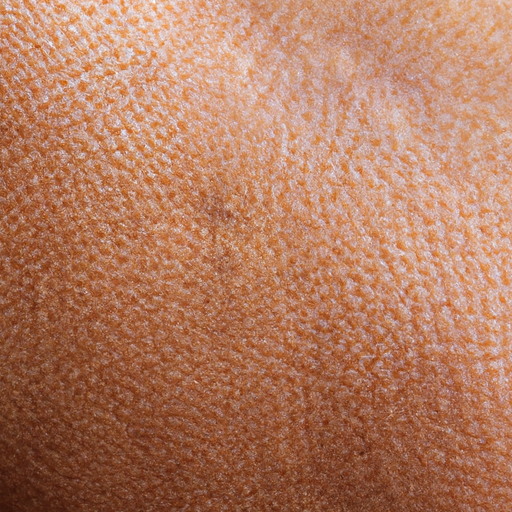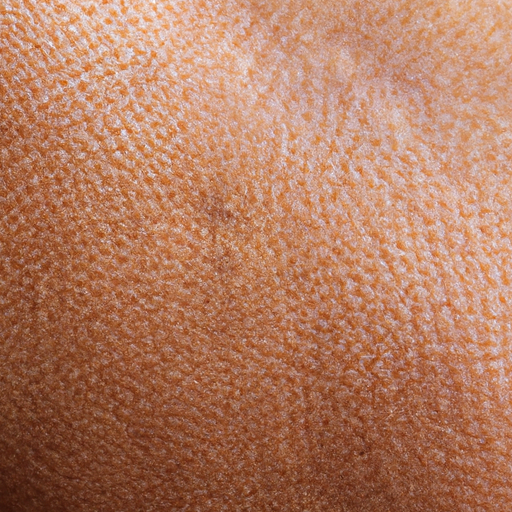As a medical professional, I am often asked about the best ways to maintain healthy and vibrant skin. One of the most effective methods is through regular face exfoliation, a process that removes dead skin cells, unclogs pores, and reveals the fresh, radiant skin beneath. This article aims to unmask the radiance within your skin by providing an ultimate guide to face exfoliation.
Exfoliation is a crucial part of any skincare routine. It not only helps in maintaining a youthful appearance but also aids in the prevention of various skin issues such as acne, dullness, and uneven skin tone. The process works by removing the outermost layer of dead skin cells, revealing the new, healthy cells underneath. This promotes faster cell turnover, resulting in brighter, smoother, and more radiant skin.
There are two main types of exfoliation: physical and chemical. Physical exfoliation involves using a scrub, brush, or other abrasive tools to manually remove dead skin cells. This method can be effective but must be done gently to avoid causing irritation or damage to the skin.
On the other hand, chemical exfoliation uses acids or enzymes to dissolve dead skin cells. Alpha hydroxy acids (AHAs), beta hydroxy acids (BHAs), and retinoids are common ingredients in chemical exfoliants. AHAs are water-soluble and work on the surface of the skin, making them ideal for dry or sun-damaged skin. BHAs are oil-soluble, allowing them to penetrate deeper into the pores and are excellent for oily or acne-prone skin. Retinoids promote cell turnover and collagen production, making them beneficial for aging skin.
Regardless of the type of exfoliant you choose, it’s essential to use it correctly to avoid damaging your skin. Here are some tips for safe and effective exfoliation:
1. Choose the Right Product: Select an exfoliant that suits your skin type and concerns. If you have sensitive skin, opt for a gentle physical exfoliant or a mild AHA. If you have oily or acne-prone skin, a BHA might be more suitable.
2. Don’t Overdo It: Over-exfoliation can lead to redness, irritation, and even skin damage. As a general rule, exfoliate no more than twice a week for normal to dry skin and three times a week for oily skin.
3. Use Sun Protection: Exfoliation can make your skin more sensitive to the sun. Always apply a broad-spectrum sunscreen with an SPF of at least 30 after exfoliating.
4. Moisturize: After exfoliating, your skin may feel dry or tight. Apply a hydrating moisturizer to replenish any lost moisture and keep your skin feeling soft and smooth.
5. Consult a Professional: If you’re new to exfoliation or have specific skin concerns, it’s best to consult a dermatologist or skincare professional. They can provide personalized advice and recommend the most suitable products for your skin.
In conclusion, face exfoliation is an excellent way to maintain healthy, radiant skin. By choosing the right product, using it correctly, and following up with proper skincare, you can reveal your skin’s natural radiance and keep it looking fresh and youthful. Remember, every person’s skin is unique, so what works for one might not work for another. Always listen to your skin and adjust your routine as needed.




